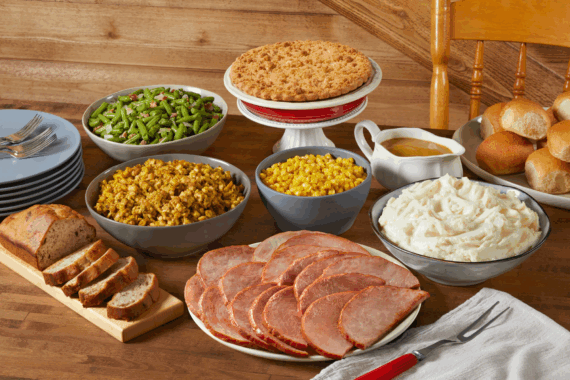I try my best to avoid throwing out food. And yet, every week I’m confronted with a mushy, brown banana or a moldy tomato that I have to throw in the trash, adding to the billions of pounds of food waste in this country. Because everything seems to go bad so quickly, I’m tempted to put my entire grocery haul in the fridge even if it goes against culinary orthodoxy.
But refrigeration ruins many foods, accelerating their spoilage or sapping them of flavor. We’ve compiled a list of foods that should not be refrigerated to keep you from inadvertently wasting more food (and money).
Coffee
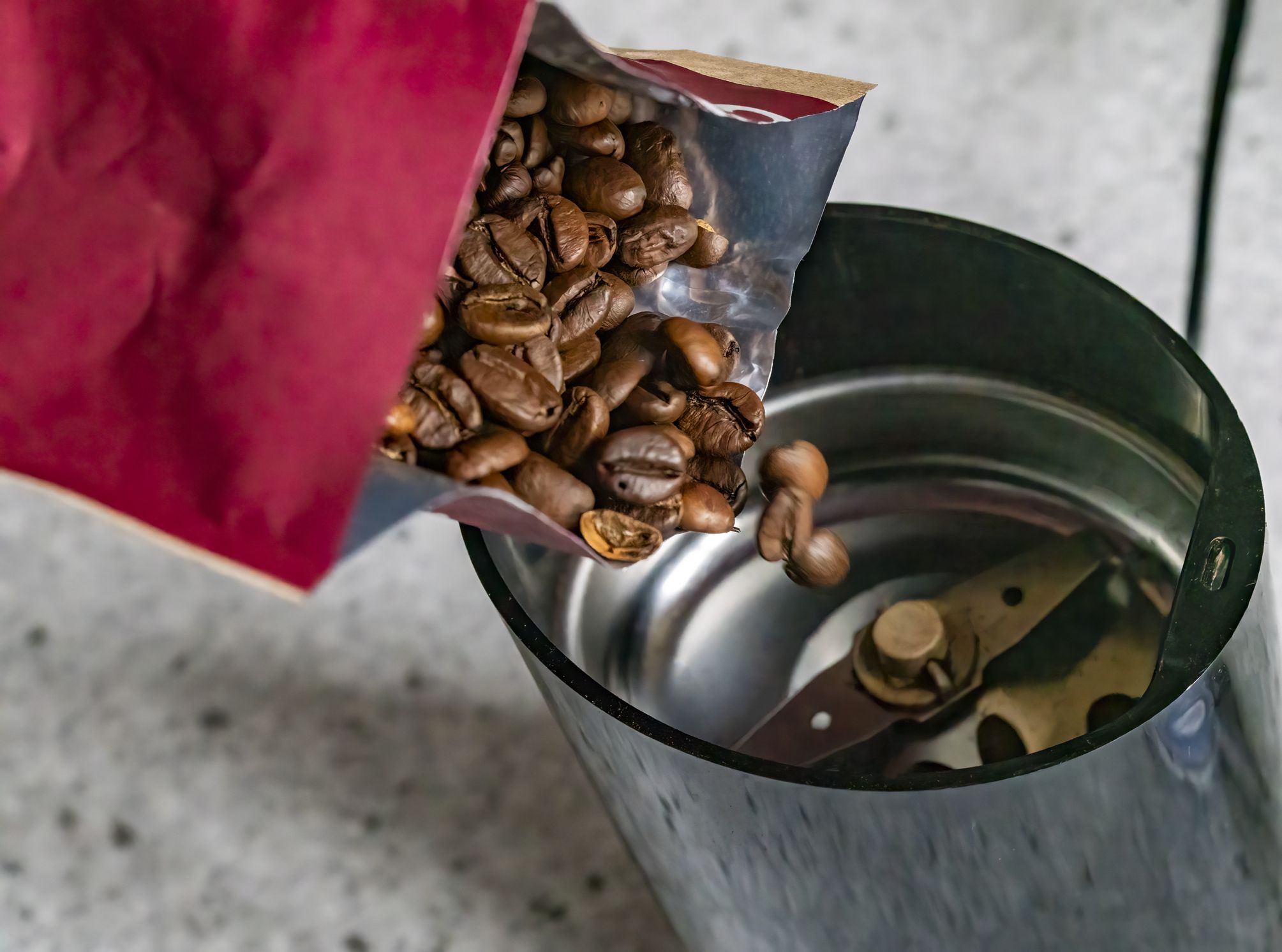
Sticking your coffee beans into the fridge isn’t a totally outlandish idea, as it would protect them from heat and light. The only problem is that coffee is hygroscopic, meaning that it absorbs moisture from its surroundings, including odors and flavors. So, unless you want your coffee to taste like leftover chicken parm, you should store it in a dark, air-tight container at room temperature, according to the National Coffee Association.
Tomatoes
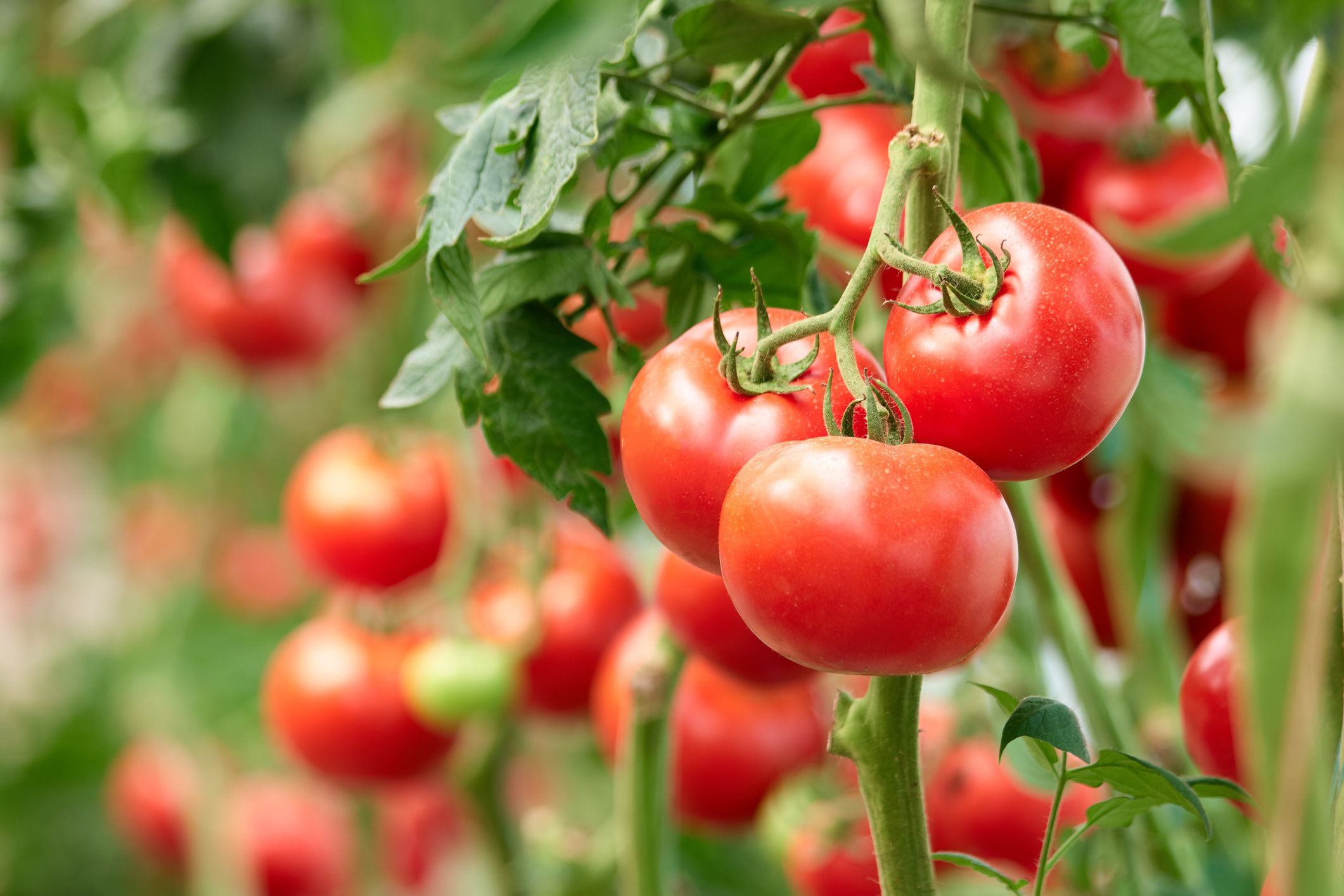
The best time to eat a ripe tomato is no more than two to three days after you’ve purchased it from the grocery store, according to the University of California’s Division of Agriculture and Natural Resources. Because refrigerated tomatoes can lose their flavor, experts recommends storing them in a paper bag or ventilated ripening dome at the coolest room temperature possible.
That said, if your tomatoes begin to soften too much, you can put them in the fridge for up to three days without sacrificing too much flavor. Place them in the refrigerator’s crisper section in a clamshell container, paper bag, or ventilated plastic bag (cut slits) to avoid water loss. And when you’re ready to eat them, remove them from the fridge an hour before so that they can regain some flavor.
Bread
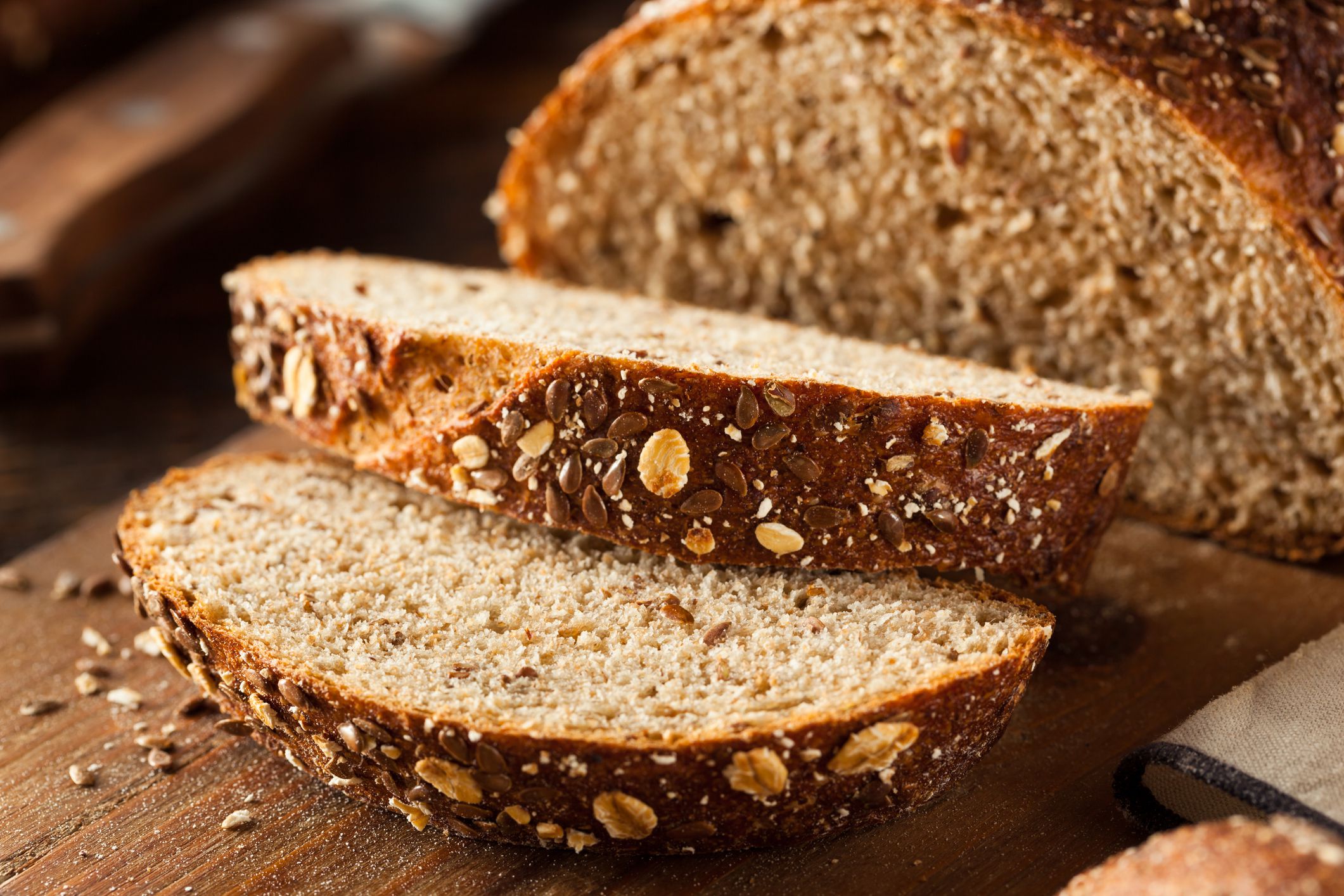
According to Serious Eats, there are two reasons why you shouldn’t freeze bread: retrogradation and recrystallization. Let me explain. Bread is mostly made up of wheat flour, which contains lots of tiny crystalline starch molecules. When you mix this flour with water and bake it, the starch absorbs moisture and breaks down, meaning that the molecules lose much of their crystalline shape. This is partly why fresh bread is fluffy.
But as soon as the loaf begins to cool, starch begins to return to its crystallized state and harden (in other words, retrogradation and recrystallization). The refrigerator accelerates this process, turning a soft, fluffy loaf into a block of hardtack. It’s better to keep your bread wrapped in foil or plastic wrap at room temperature or in the freezer. If you opt for the latter option, reheat the bread in the oven.
Honey

Refrigerating honey will cause it to crystallize and thicken into a chunky goop that’s hard to work with. It’s also a useless precaution to take, as honey is safe to eat even as its quality declines after a year, according to the U.S. Department of Agriculture. To preserve honey’s consistency and freshness, keep it in a sealed container in a dark place at room temperature.
Onions
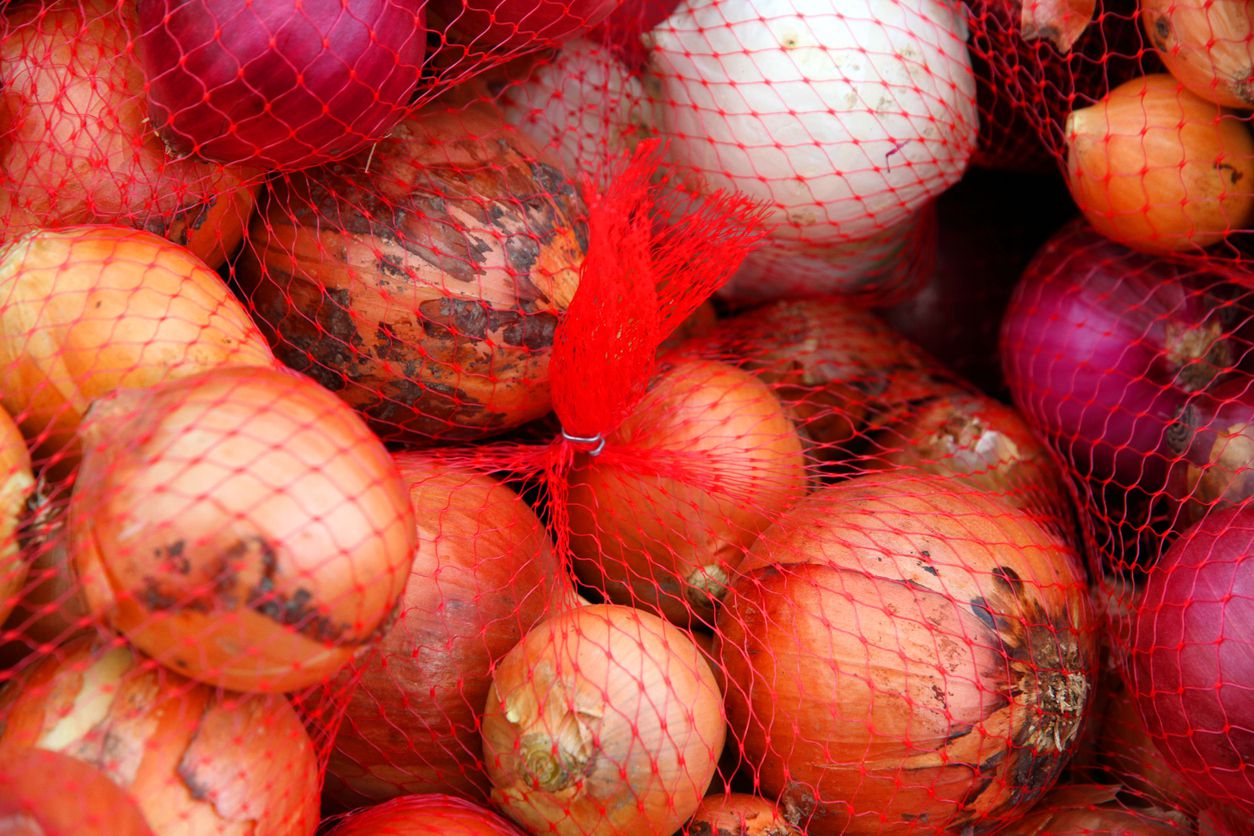
Peeled and sliced onions do well in the refrigerator. But whole onions? Keep them in a cool, dark, well-ventilated area at room temperature. Putting whole, unpeeled onions in the fridge — a cold, moist environment — will make them mushy.
Trending on Cheapism
Garlic
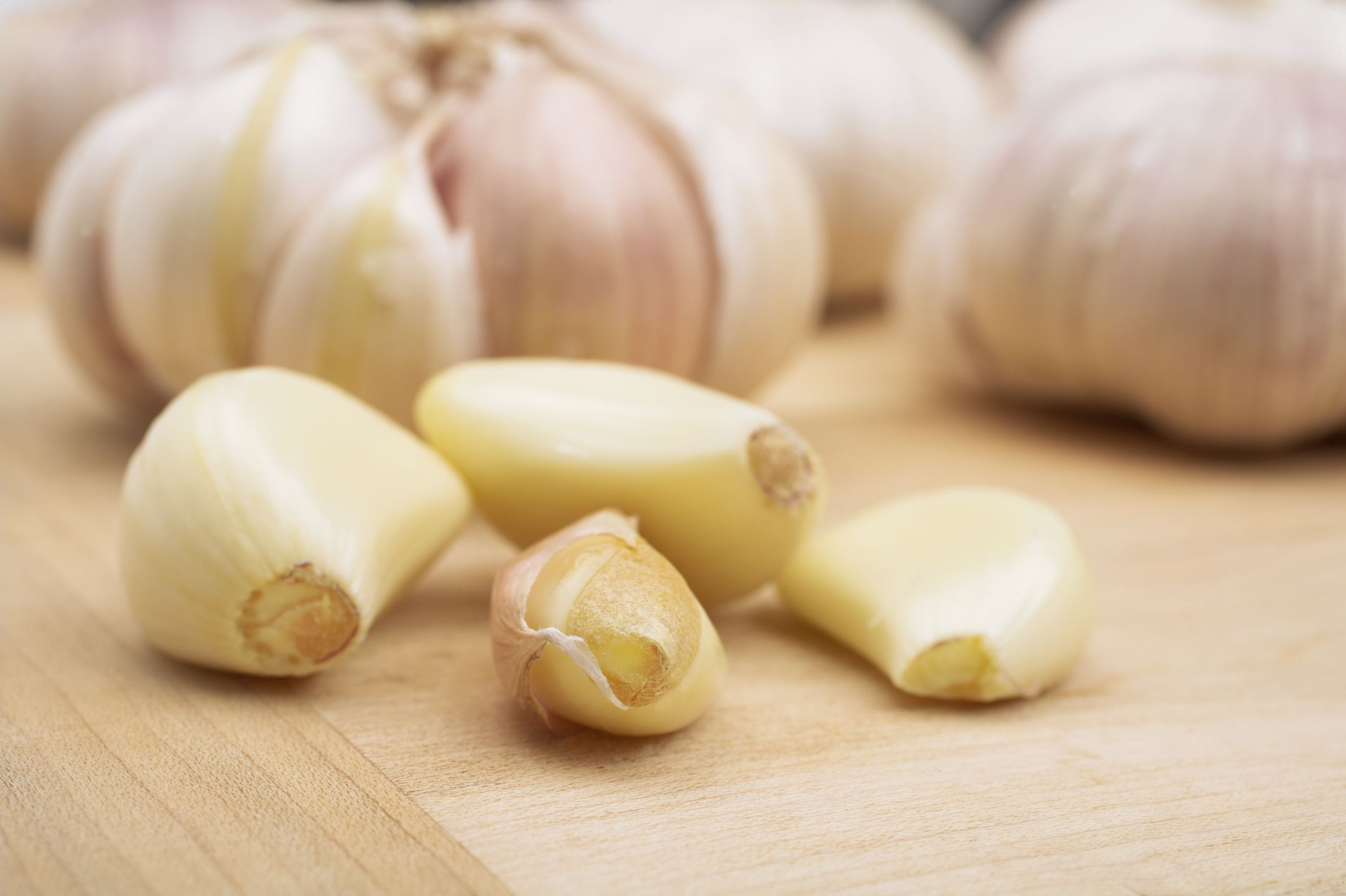
Avoid refrigerating unpeeled garlic, Sheela Prakash of The Kitchn writes, because it will cause the cloves to sprout in just a few days. Though safe to eat, the green shoots are bitter, robbing garlic of its more pleasant, sweeter qualities. Garlic does better in a cool, dark, dry place, like a pantry or cupboard.
Melons
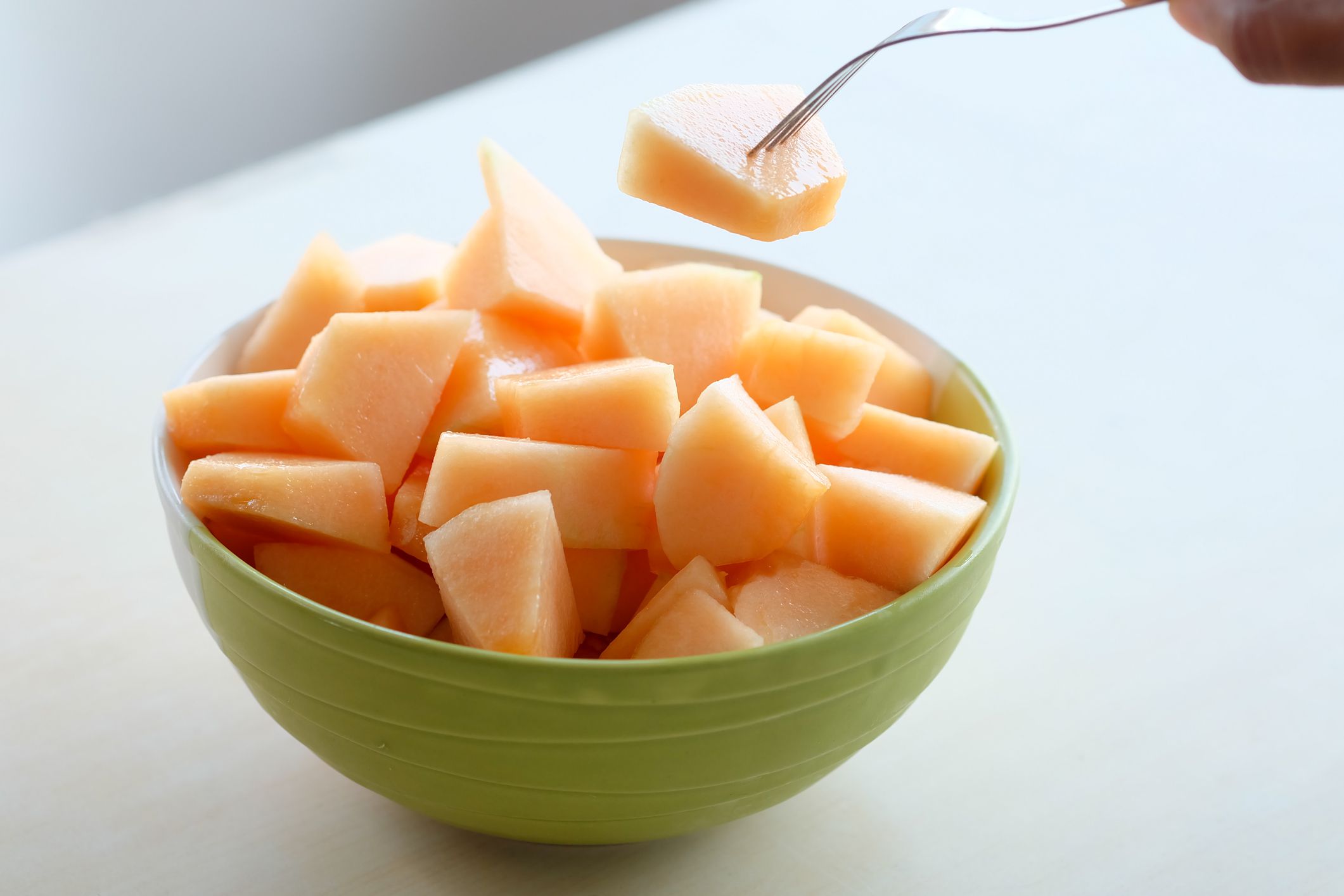
Skip the fridge and keep melons at room temperature until they’re ripe. Once you’ve cut them, you can place them in the fridge for up to four days.
Potatoes
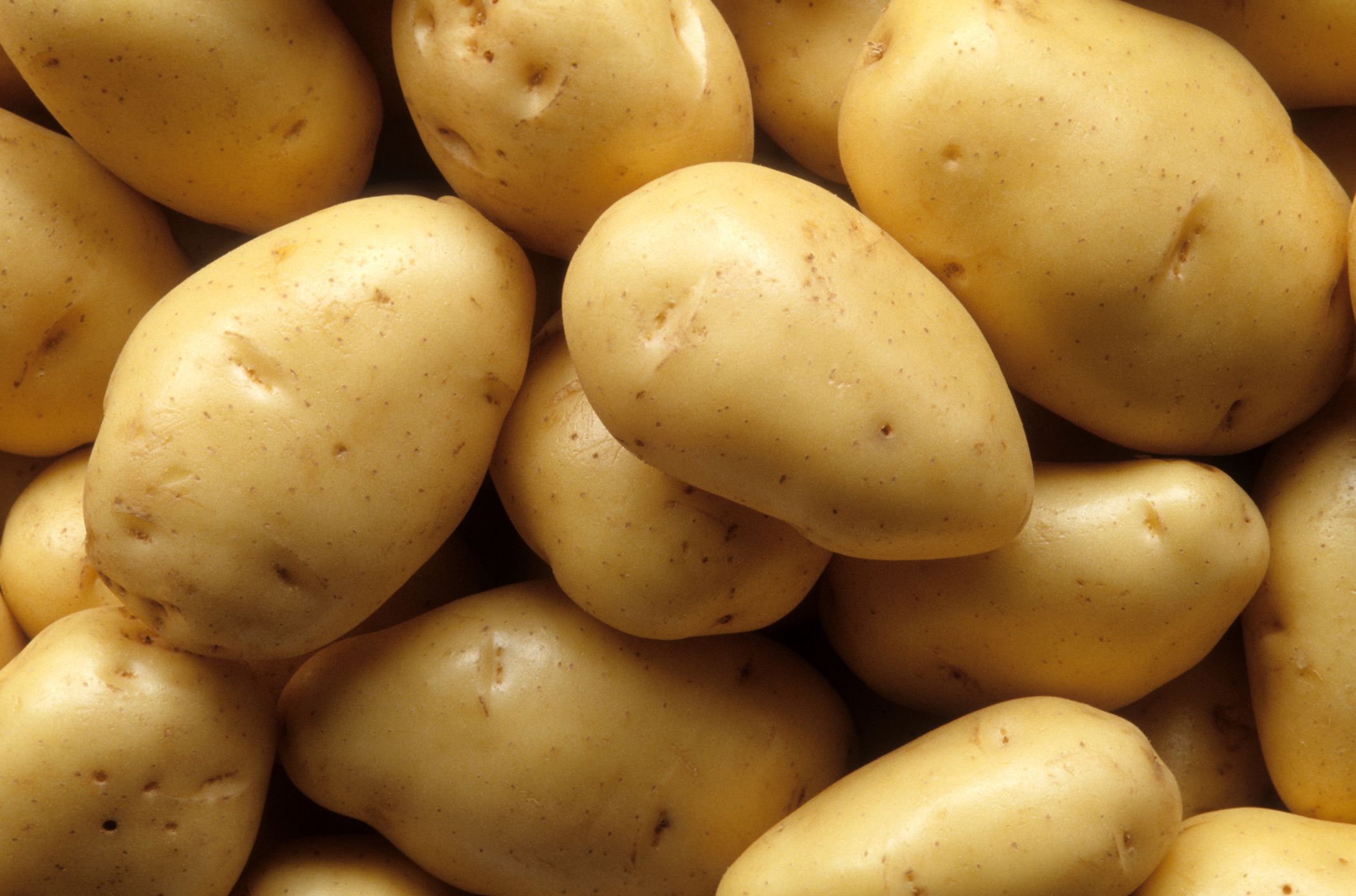
Unless you prefer your russet potatoes sweet, store them in a cool, dry pantry, preferably in a bag or container with good air circulation. According to AllRecipes, throwing them in the fridge will cause the starch to turn into sugar, leading to unwanted sweetness.
Sign up for our newsletter
Avocados
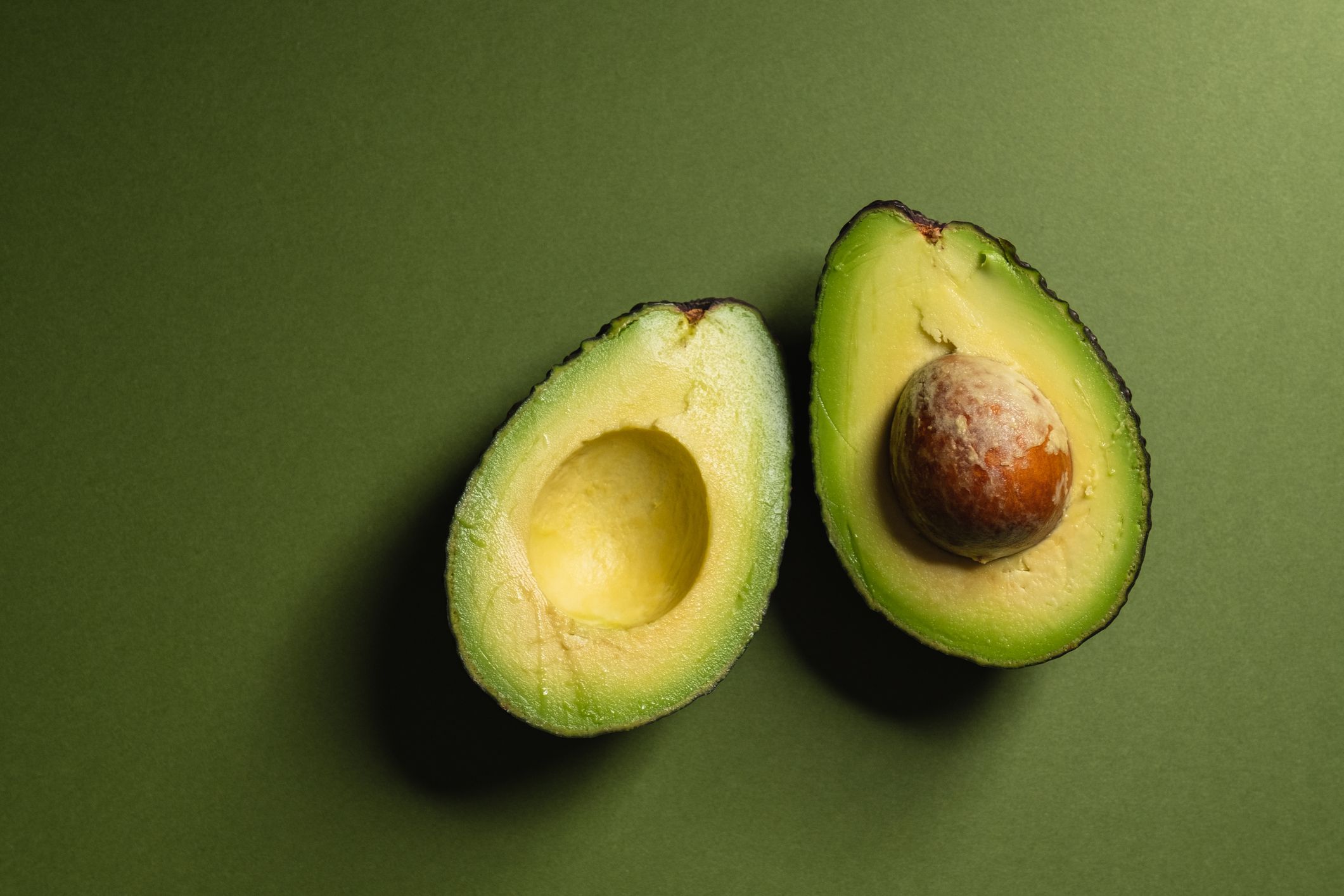
The only time you should put avocados in the fridge is if you’re trying to delay the ripening process. Otherwise, you should allow the fruit — yes, it’s a fruit — to ripen at room temperature. If you want to accelerate the ripening process, Bon Appétit magazine suggests placing the avocado in a paper bag with a ripe banana. Leave it on the countertop for one to two days, and you should have a perfectly ripe avocado.
More Food Storage Tips From Cheapism
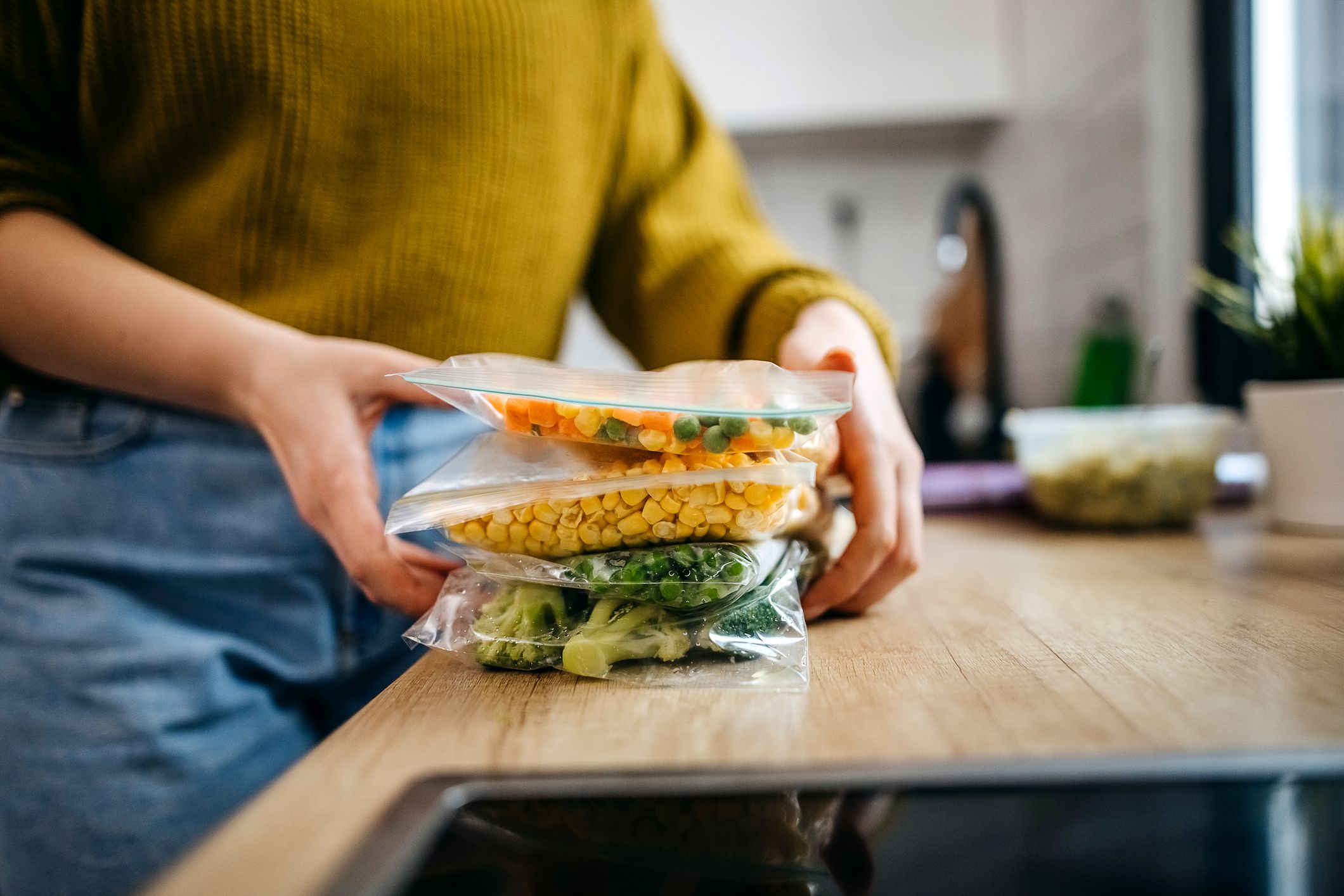
- How Long Leftovers Lasts in the Fridge — What’s the use of putting food in the refrigerator if you’re going to let it go bad? Find out how long these popular leftovers actually last.
- 15 Things You Should Always Keep in the Fridge — From dairy products that are prone to spoiling to vegetables that require colder temperatures to stay fresh, here are foods that should always be refrigerated.
- 10 Foods in Your Freezer You Should Toss Immediately — Here are 10 foods that are commonly overlooked, plus a few tips on how to extend their shelf life more effectively.


